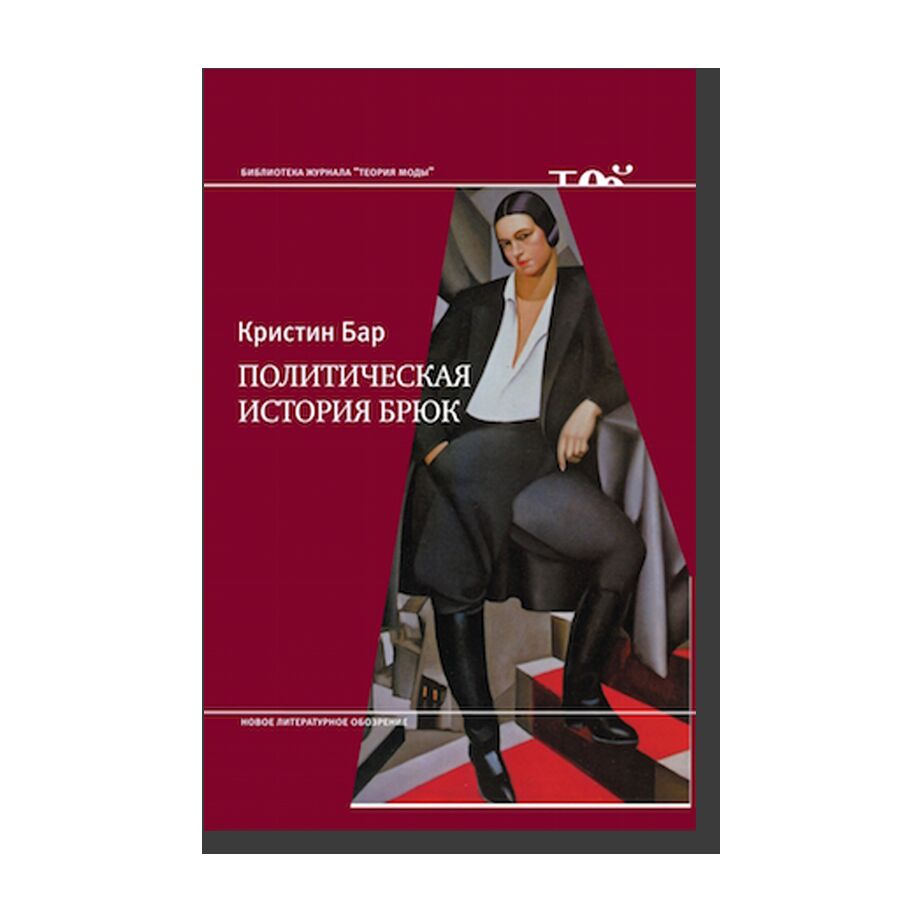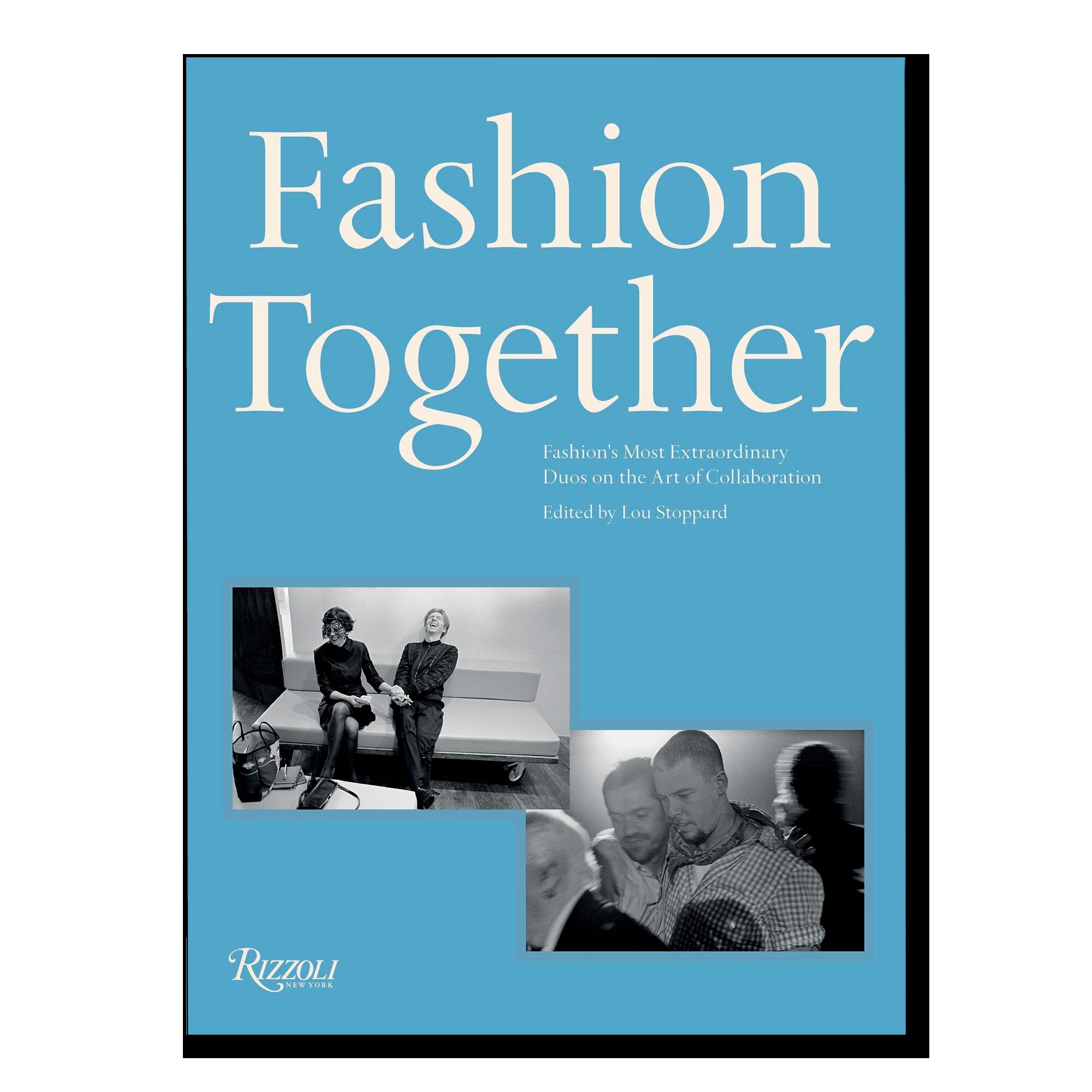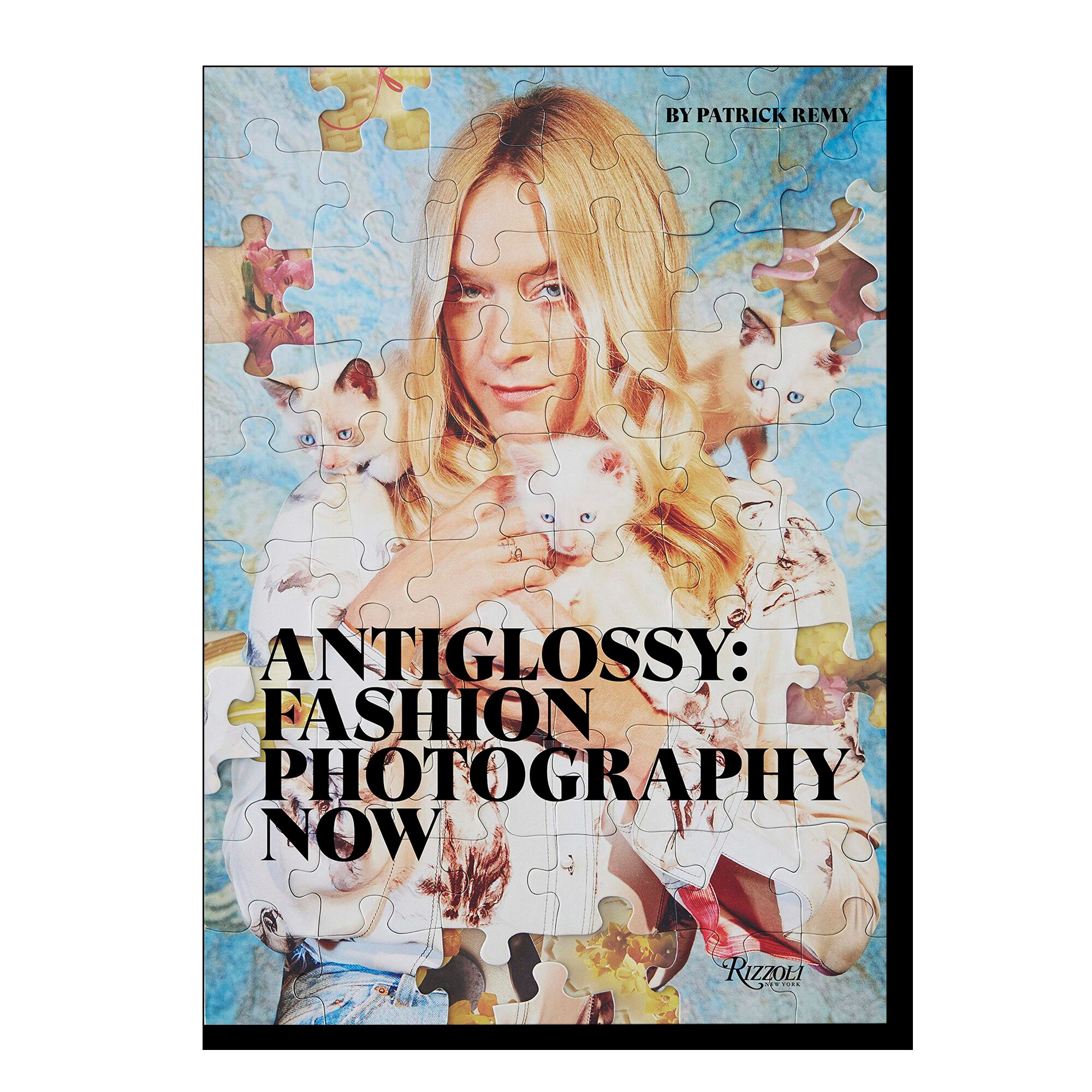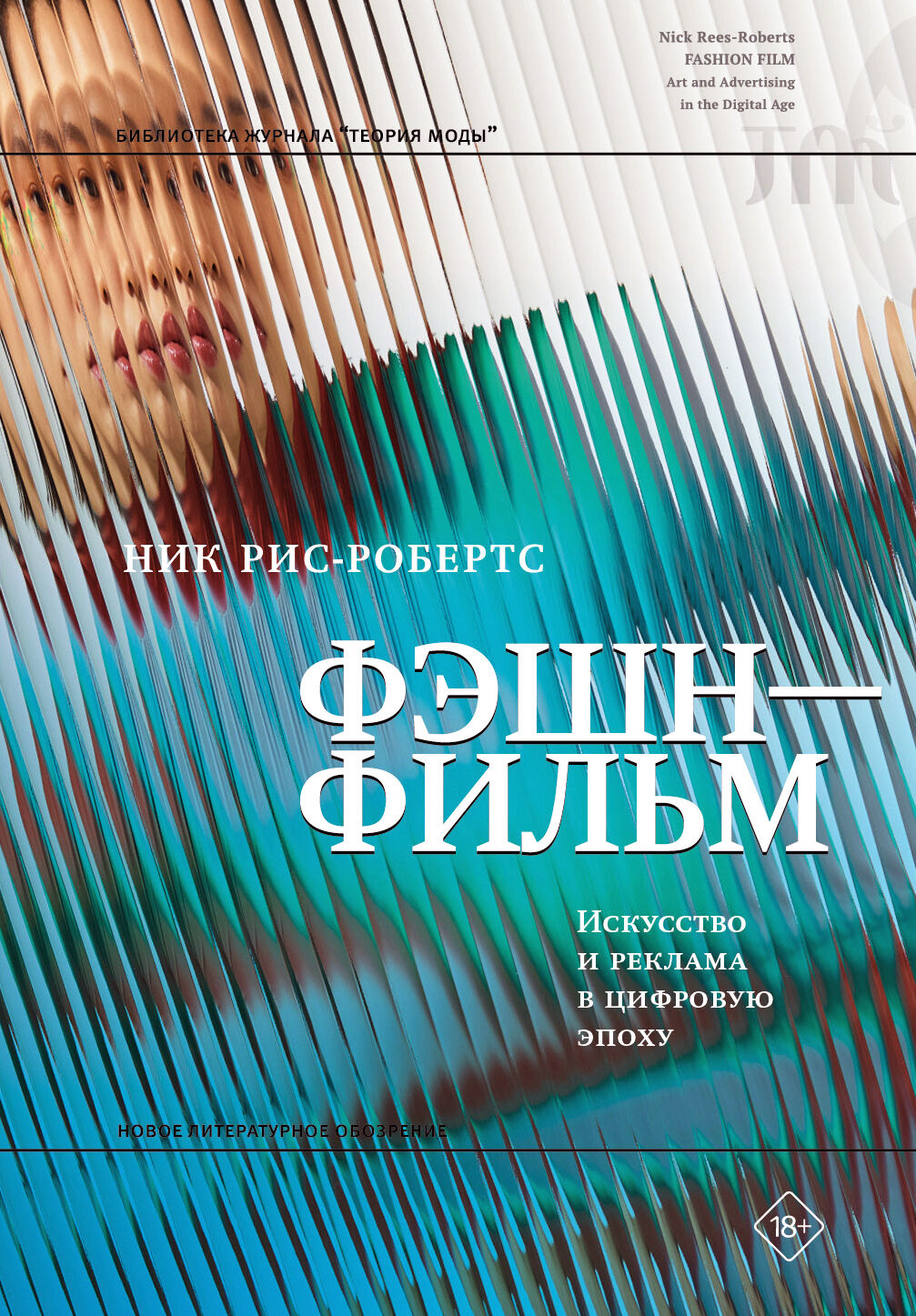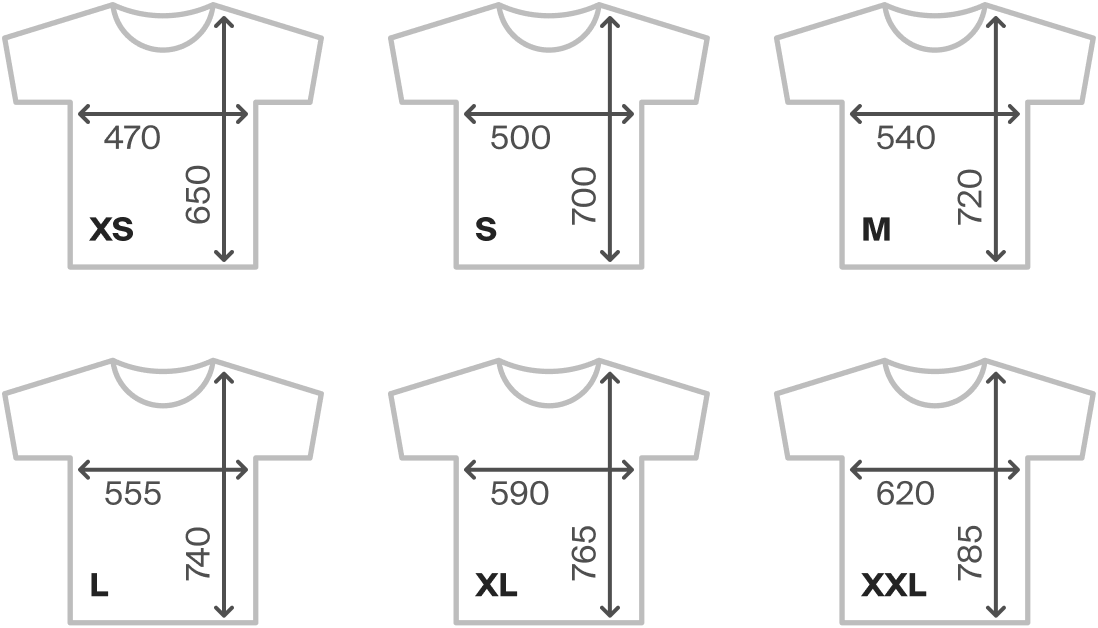A Political History of Trousers. 18+
- Year: 2013
- Language: Russian
- Publisher: New Literary Observer
- ISBN: 9785444800591
- Page: 320
- Cover: hardcover
- About the Book
What are trousers? What does this seemingly trivial garment worn from the waist down to the ankles (covering each leg separately) really signify? The history of trousers is far from trivial for it has always been more than just an item of clothing, but a symbol. The expression “porter la culotte” (“to wear the trousers” — “to be in command”, “to have power”) had been in circulation long before the tight knee-breeches (“culottes”) were replaced by longer and wider trousers. In the wake of the French Revolution — i.e. at the turn of the 19th century — men of the upper classes discarded aristocratic culottes and adopted ankle-length trousers previously worn almost exclusively by lower classes, a gesture of considerable political and symbolic import. A token of masculinity, trousers were deemed inappropriate for women who fought for their right to wear them. Addressing the relations of power unfolded by the division of society into two normative canons and analyzing the role of clothing in the construction of these normative canons, Bard’s amazing history of trousers questions the relationship between clothing, gender and power.

